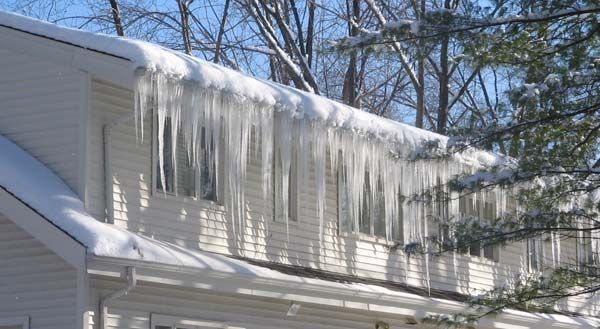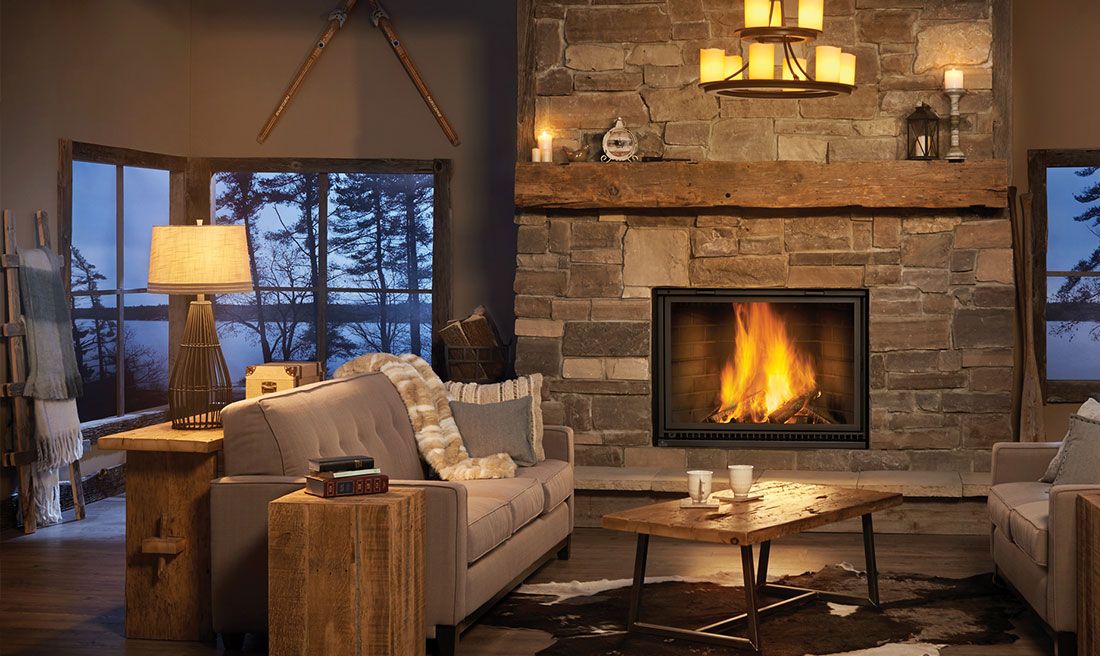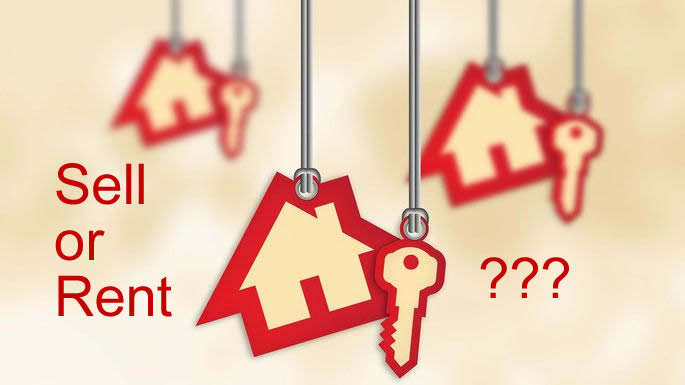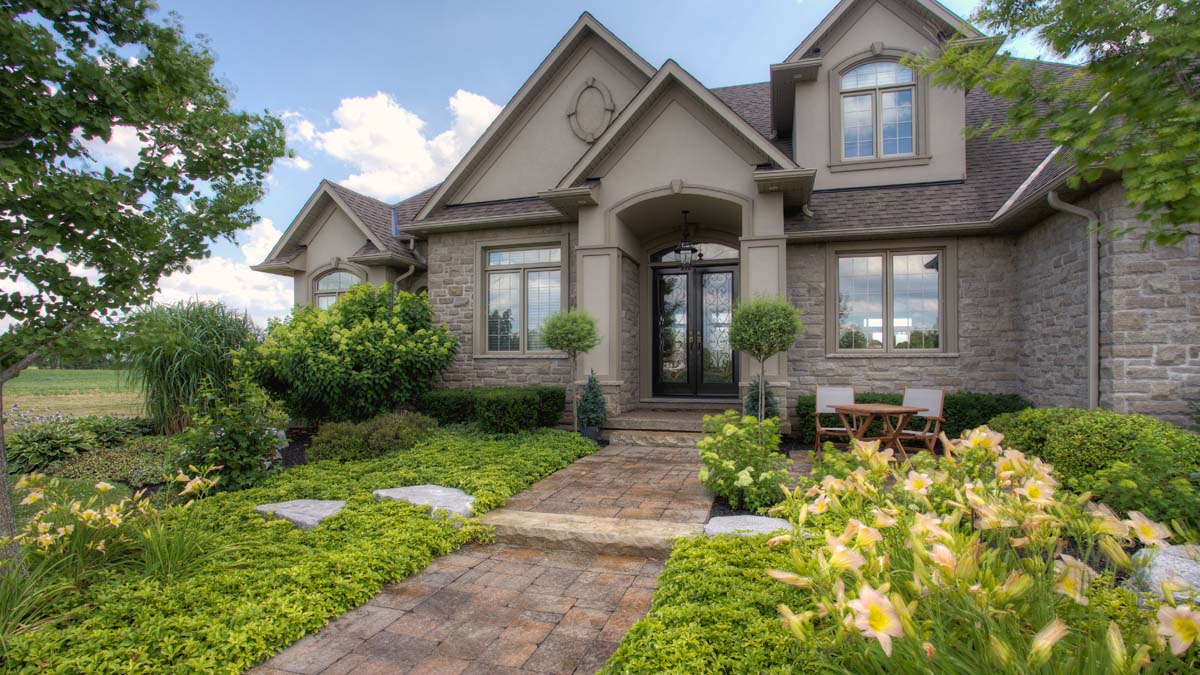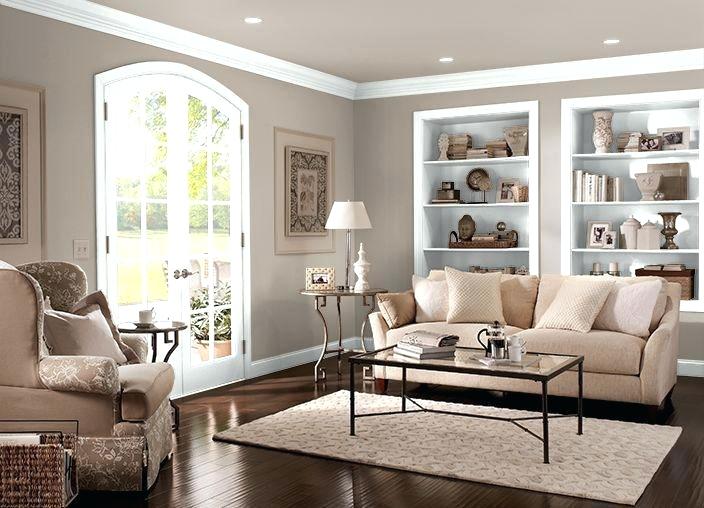Take these 10 tips to get better valuation estimation on your property
1. KNOW YOUR BEST USE AND PAY FOR THE RIGHT VIEWPOINT
Banks want to grantmoney quickly and with minimum confusion.
If a standard valuation is all that’s required, they’ll instruct the valuer to proceed on this basis, effectively defining the user under which the property is assessed.
This means your splitter block or potential small development site will be treated the same as every other house in the neighbourhood – unless you step in.
With current technology, a standard house valuation can be turned around in hours.
If you have added development potential, the comparable sales and details of approvals will require time to sift through and, like all of us; valuers want to be paid for doing extra work.
Don’t forget to furnish the valuer with all the necessary information too.
If you have plans, approvals and costs, hand them over.
2. DON’T HIDE TRUTH
Remove one of the great killers of valuation-dependent finance – doubt.
Valuers spend their days looking at all sorts of property and they will rarely miss something that rings alarm bells.
If they see something suspects, it will go in the report.
A great example is internal plasterboard fractures.
Often, it’s the case an expansion joint wasn’t put in during the original build and a change in weather can see a house shift slightly.
Suddenly, a fracture can cause a valuer to wonder whether there aren’t underlying structural issues.
If you think your home has telltale signs of a bigger problem, put it beyond question.
Have a building inspector come over and give it the all clear (or otherwise) before you get a valuation.
Let your financier know so there aren’t any surprise additions to the risk profile in the report they receive.
This advice extends to things like perceived encroachment onto neighbouring properties, improvements to the home that don’t look to have council consent, leftover evidence of long-gone white ants or issues of rising damp.
While valuers aren’t building inspectors, these sorts of things when flagged in a report can play havoc come finance approval time.
3. DIY – ORDER YOUR OWN
By cutting out the financier, you can present your position on the property’s value directly to the professional preparing your report.
In addition, you have a chance to discuss elements of the property prior to the completion of the report that will help improve your outcome.
Will attending to an unkempt garden or finishing off the extension help your figure? Just ask the person actually assessing your property.
Apart from personal integrity, valuers are held to rules of ethics under a registration system and a governing body.
The advantage in ordering your own valuation is getting the rundown on the whole process behind the report before your lender sees it, so there are no surprises.
An additional benefit to this approach is the ability to shop around your finance.
As the instructing party, you’re able to choose which organisation can use your report.
If one lender knocks you back, simply move onto the next, ensure your valuation report is acceptable to them, have the valuer agree to its use and lock in the finance.
In most instances, it’s simply the case that a valuer can provide a letter re-assigning use of the report.
The one important proviso is to confirm, via your bank or broker, the valuer you choose is on the panel of accepted professionals before you give the go-ahead, otherwise you could end up with a great report that won’t be accepted by your lender of choice.
Likewise, some lenders won’t be acceptable to your valuer so check this too.
One of the main reasons property owners don’t instruct the valuer themselves is cost.
Banks will get reduced fees due to the large number of assessments they order.
If you want the ability to own and use the valuation report, it will cost more.
It can, however, be worth it with direct access to the valuer meaning you can discuss additional sales evidence and missed features before the report is sent to the lender.
This will give you an opportunity to ensure nothing gets lost in translation.
4. FINISH THE UPGRADATION
It’s no good suggesting the half-removed kitchen cabinetry will be replaced during the next school holidays.
The valuer has to highlight the effect this has on the home’s saleability in its current state, and this could mean unfavourable comments and risk ratings.
Not finishing up the renovation works can impact your end figure.
5. ESTIMATE RIGHT
When preparing to do an assessment, the valuer relies heavily on your estimate of the property’s worth.
It helps determine the best sales evidence to source and can save time and trouble when trying to finish the job.
6. CLEAN UP
Valuers know a dusty bench top is of no consequence to the figure, but a beautifully presented home indicates ongoing and attentive maintenance by the owners, something any inspector will view with favour.
There’s also a point where properties stop being just untidy and start becoming rancid.
If you’re dodging piles of clothing and stepping over dirty dishes from last week, then this will create a saleability risk.
Some properties have gathered so much debris and clutter it’s no longer possible to see the walls.
If a valuer feels a comprehensive inspection of the property is impeded by clutter, it will be mentioned in the report.
7. MAKE A CASE
If you want to convince a valuer, show them the sales evidence.
If you believe your property is worth ‘x’ amount of dollars, you need to explain why you think it’s worth that and you need to have written evidence of actual sales within a six-block radius within the last six weeks of comparable properties – not listings and not offers – actual sales.
Special and desirable enclaves exist in a lot of suburbs.
Banks will have guidelines on acceptable evidence – usually its properties sold within a 500-metre radius of the subject property, completed sales within six months of the valuation date and with sales prices within 10 percent of the assessed figure.
A tip here is to make sure you check on recently contracted sales that may not have appeared on the usual market date sites.
Try ‘sold’ property searches on your favourite real estate listing site as a kick-off point.
8. TURN UP, BUT DON’T OVERSELL
If you want to maximise your property’s potential, it’s a good idea to be at the inspection – just don’t get in the way.
Valuers are often heavily booked to get through several properties a day.
It’s not a case of rudeness for them to want to go through the inspection process in their own familiar and set order.
Features such as air conditioning and security grilles are obvious, but your hidden laundry chute, soundproof insulation or underground wine cellar may not be.
House plans can also prove useful – particularly if the home is of unusual architectural design.
Most valuers will give you a rundown of the features they’ve noted at the end of the inspection. This is often your best chance to double check all the good stuff has been included. Also make yourself available by phone for any future follow-up queries.
9. ANSWER THE CONTRACT PRICE UNKNOWNS
A valuer will have regard to the figure on the contract of sale, but if it doesn’t marry up with the available evidence, then questions are asked.
There are few individuals who could land on the exact dollar value every time for every property.
As such, the valuer creates a likely value range and if the contract price falls within this range, they’ll usually come in on the dollar.
If not, then further enquiry is necessary.
Perhaps a real estate agent friend is selling the property commission-free for you, or there are chattels of some value included in the sale.
Is the vendor distressed?
By ensuring the valuer is aware of these additions and subtractions, you can be certain they won’t dismiss the contract price out of hand as unreasonable in their report.
10. FOLLOW UP AND BE CIVIL
It’s difficult not to be emotional about your property.
You found the perfect pad, put your heart and soul into its upkeep and renovation, and know what every squeak and creek means amongst its timbers – then along comes someone who spends 20 minutes wandering around and puts a figure on it that’s insultingly low.
The cheek of them!
In reality, valuers don’t have it in for you.
If a figure comes back at less than expected, catch your breath and see if you can get a copy of the valuation.
If not, at least get a rundown on what sales were used and how they compared to your home.
If after an objective look, there’s a case to mount that the figure is too low, then take steps.
Put together your argument and head back to the bank or broker, armed with an appropriate stance.
If the bank commissioned the valuer, then calling the valuer direct won’t be of much help initially.
Your lender or broker will usually be open to addressing your concerns with the valuer.
Remember to be polite.
A rabid and illogical response to a valuation won’t help the process.
If you put together a reasoned argument as to why you believe the figure is too conservative, you’re more likely to get a fair response.
Locking down a valuation report with the best possible commentary and assessment isn’t so hard.
A common sense approach to dealing with the valuer and their task can yield rewards.
By simply doing some homework and painting your case in the best light, you may well get over the line and on your way to a ‘yes’ from your financier.


